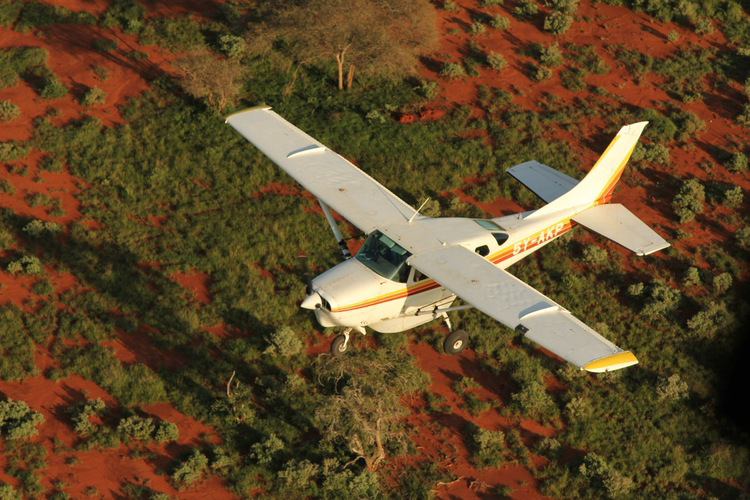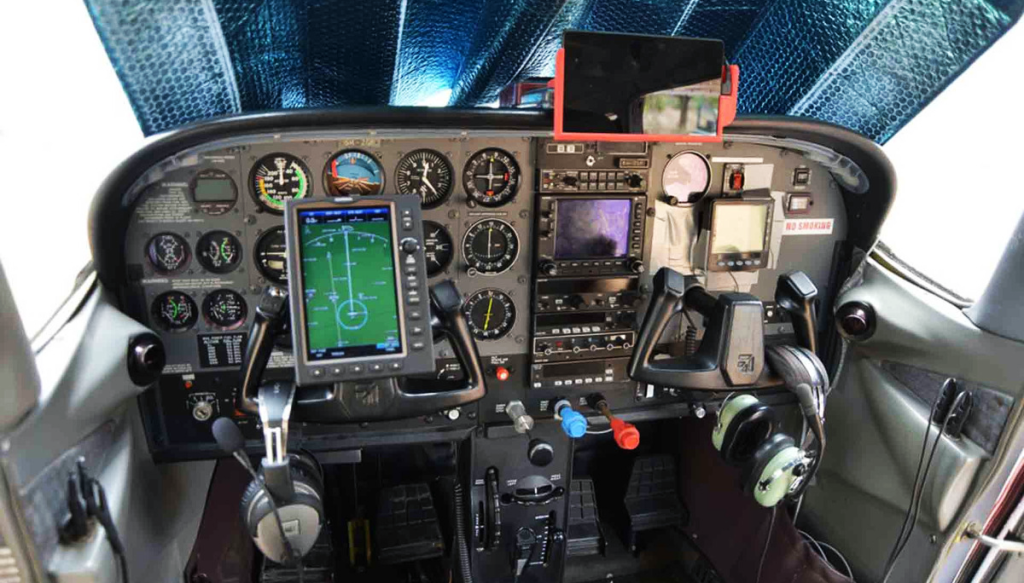Though humans may be the most powerful species on the planet, the Earth’s ecosystem is home to about 8.7 million different species. Despite the small slice of biodiversity that people represent, humanity is responsible for the death of half of the world’s wildlife in the past forty years, according to the World Wildlife Foundation. The African elephant, in particular, faces extinction due to the international ivory trade, as well as habitat destruction. During the 1980’s, approximately 100,000 elephants killed each year on the continent and, despite efforts to stop the ivory trade, 2011 “saw the highest volume of illegal ivory seized since global records began in 1989”, says WWF.
One person trying to save these gentle giants, is Paul Allen, co-founder of Microsoft. Allen has established the Great Elephant Census to help keep tabs on the population of elephants roaming across the African continent as part of an effort to inform nonprofits and government agencies working to protect them. Bostwana-based Elephants Without Borders, which conceived the project, is leading the project, collecting aerial data of the elephants using classic survey techniques aided with new technology.

Director and founder of EWB, Mike Chase, tells Mashable, “The threat of local extinction feels very real.” Chase explains how his team “flew a survey over a park where we had previously counted more than 2,000 elephants. We counted just 33 live elephants and 55 elephant carcasses. That is why this research is so important.” So, last year, the Great Elephant Census was announced, as a $7.3 million grant funded EWB’s efforts to track the continent’s elephants.

Flying in one to three small Cessna planes, 300 feet above the savanna, four member teams count every elephant they can find. Senior program manager of conservation at Paul Allen’s philanthropic Vulcan, Inc, Ted Schmitt, explains to Mashable that counting elephants isn’t so easy, “Elephants are being poached as we’re trying to count them.” As a result, the GEC has statistical techniques to make tracking less cumbersome, sampling 3-6% of the total target area and, as Schmitt explains, implementing “analytical extrapolations to figure out total population from that area.”
Schmitt and his colleagues have been charged with reducing the cost and labor necessary to perform this work. He elaborates, “We built a tool for them we’ve … called our flight data logger. We actually used a 3D printer to create the mount and we used a standard Android tablet. We wrote an app for that and basically equipped a device and application to record a lot of this survey data automatically.” This prevents the tiring of researchers, ensuring accurate measurements. Laser altimeters attached to the Cessnas also provides for better data mapping and a secure site created by Vulcan allows the teams to securely log their data.

The GEC’s initial research will also help expand the capabilities of similar data collecting endeavors, as Vulcan designs new devices and software for tracking the elephants automatically. Schmitt says, “We and others are looking at new survey collection methods, everything from drones to light aircraft … and the application of image recognition technology. I suspect in the coming, say, three to five years we’ll see very new and hopefully more efficient ways to do these big surveys.”
Over the course of two years, the census will track the populations of almost 90% of the continent’s savanna elephants (which excludes the forest dwellers that cannot be tracked by plane), first counting the animals in more than 18 countries: Angola, Botswana, Chad, Kenya, Mozambique, Namibia, South Africa, South Sudan, Tanzania, Uganda, Zambia and Zimbabwe. By the end of the second year, the group will have analyzed the data to help non-profits and government organizations to implement actions to prevent future losses from poaching or environmental degradation.
The efforts indicate that all may not be lost for the African elephant. Having already surveyed four countries on the continent, Mike Chase says that, in Botswana, there were “no fresh poached elephant carcasses seen on the entire survey.”


